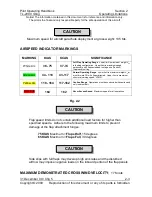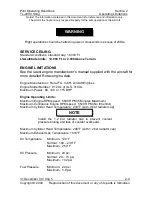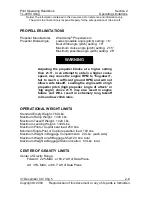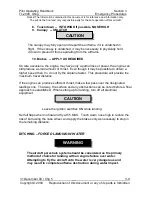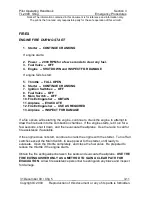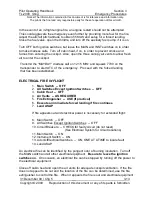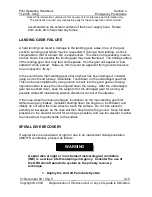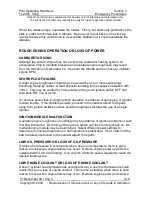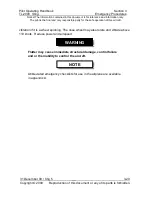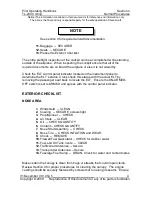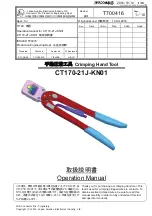
Pilot Operating Handbook
Section 3
TL-2000
Sting
Emergency Procedures
Notice! The information contained in this document is for reference and information only.
The pilot is the final and only responsible party for the safe operation of this aircraft.
31 December 09 / Chg 5
__
3-9
Copyright © 2009 Reproduction of this document or any of its parts is forbidden.
8. Touchdown -- INTO WIND if possible, NOSE HIGH
9. Canopy -- UNLATCH
The canopy may fully open and depart the airframe, if it is unlatched in
flight. If the canopy is unlatched, it may be necessary to physically hold
it down to prevent it from separating from the airframe.
10. Brakes -- APPLY AS REQUIRED
On rare occasions, the engine may have only a partial loss of power, the engine can
still produce a small amount of thrust. Even though it may be possible to obtain a
higher speed than V
G
, do not fly the airplane faster. This procedure will provide the
maximum travel distance.
If the engine can produce sufficient thrust, make a low pass over the designated
landing zone. That way, the surface and any obstructions can be noted before a final
approach is established. When setting up for landing, turn off all electrical
equipment.
Leave the ignition switches ON while landing.
Set full flaps when on final and fly at 55 KIAS. Touch down nose high to reduce the
risk of burrowing the nose wheel, and apply the brakes only as necessary to stop in
the remaining distance.
DITCHING –
FORCED LANDING IN WATER
The aircraft parachute system should be considered as the primary
method of choice for landing with an engine failure over water.
Attempting to fly the aircraft onto the water is very dangerous and
may result in complete airframe destruction during water impact.
CAUTION
CAUTION
WARNING
WARNING

